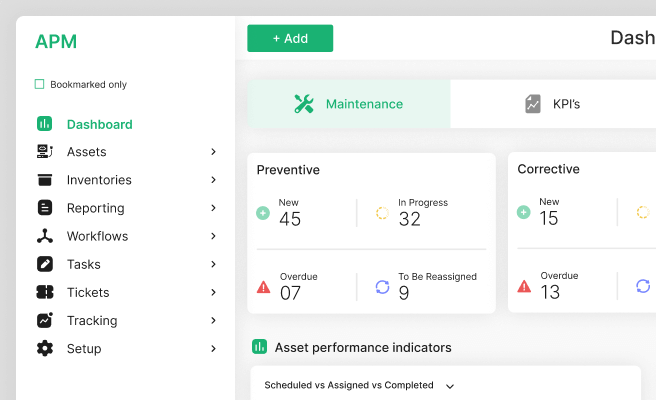User Engagement Score
<p>User engagement score is a critical metric for understanding how effectively your digital product captures and retains user interest. It encompasses various interactions such as clicks, shares, comments, and time spent on a platform, providing a comprehensive view of user behavior and satisfaction.</p>
<p>Historically, measuring user engagement has evolved from simple metrics like page views to more sophisticated analytics that incorporate user behavior patterns and feedback. This evolution is particularly relevant in the <a href="https://www.greenbiz.com/article/how-tech-can-help-decarbonize-economy">climate tech industry</a>, where user engagement can drive the adoption of sustainable practices.</p>
<h2>User Engagement Components</h2>
<p>Understanding the components of user engagement helps in creating more effective strategies. Key components include:</p>
<ul>
<li><strong>Click-Through Rate (CTR):</strong> Measures the effectiveness of links and call-to-action buttons.</li>
<li><strong>Time on Site:</strong> Indicates how long users stay on your platform, reflecting their interest level.</li>
<li><strong>Social Shares:</strong> Shows how often content is shared on social media, extending reach and engagement.</li>
<li><strong>Comments and Feedback:</strong> Provide insights into user opinions and areas for improvement.</li>
</ul>
<h3>Benefits of Tracking User Engagement Score</h3>
<p>Tracking user engagement score offers several benefits:</p>
<ul>
<li><strong>Improves User Experience:</strong> By understanding user behavior, you can tailor content and functionalities to meet their needs.</li>
<li><strong>Increases Retention:</strong> Engaged users are more likely to return, improving retention rates.</li>
<li><strong>Boosts Conversion Rates:</strong> Higher engagement often leads to better conversion rates, whether it’s for purchases, sign-ups, or other actions.</li>
</ul>
<h3>Challenges in Measuring User Engagement</h3>
<p>Despite its importance, measuring user engagement comes with challenges:</p>
<ul>
<li><strong>Data Overload:</strong> With numerous metrics available, it can be overwhelming to identify which are most relevant.</li>
<li><strong>Quality vs. Quantity:</strong> High engagement numbers do not always equate to positive user experience. It’s essential to measure meaningful interactions.</li>
</ul>
<h2>Practical Applications</h2>
<p>For practical applications, consider the following strategies:</p>
<ul>
<li><strong>Use Analytics Tools:</strong> Utilize tools like <a href="https://analytics.google.com/">Google Analytics</a> and <a href="https://mixpanel.com/">Mixpanel</a> to track and analyze user engagement metrics.</li>
<li><strong>Conduct A/B Testing:</strong> Test different versions of content and features to see which ones drive higher engagement.</li>
<li><strong>Implement Feedback Loops:</strong> Regularly collect and act on user feedback to enhance the user experience.</li>
</ul>
<h3>Case Study: Climate Tech Example</h3>
<p>Consider a climate tech company developing a carbon footprint calculator. By tracking user engagement scores, they discovered that users spent more time on pages with interactive elements. As a result, they added more interactive features, leading to a 30% increase in user retention.</p>
<h2>Conclusion</h2>
<p>In summary, the user engagement score is a vital metric for understanding and improving user interactions with your digital product. <p>To understand the power of design across industries and sectors, view our diverse portfolio of works. <a href="https://www.whatifdesign.co/work" style="color:#2896FF; text-decoration:underline;">View our portfolio</a>.</p> <p>Increase user engagement that converts your demos into sales. Optimise your UX strategies with our audits.
<p>Fill out the <a href="https://tally.so/r/n97pxQ" style="color:#2896FF; text-decoration:underline;">UX Audit form</a> to get started. Ready to discuss your needs? <a href="https://cal.com/akhilak/what-if-design?duration=25" style="color:#2896FF; text-decoration:underline;">Book a consultation call</a> with us today.</p></p>

Let's scale your impact with great design.
Free consultation, no sales pitch
Thank you! Your submission has been received!
Oops! Something went wrong while submitting the form.
Let’s talk
Nothing great is built alone.
Let’s connect about your vision, our work and how we can collaborate.
Get in touch

